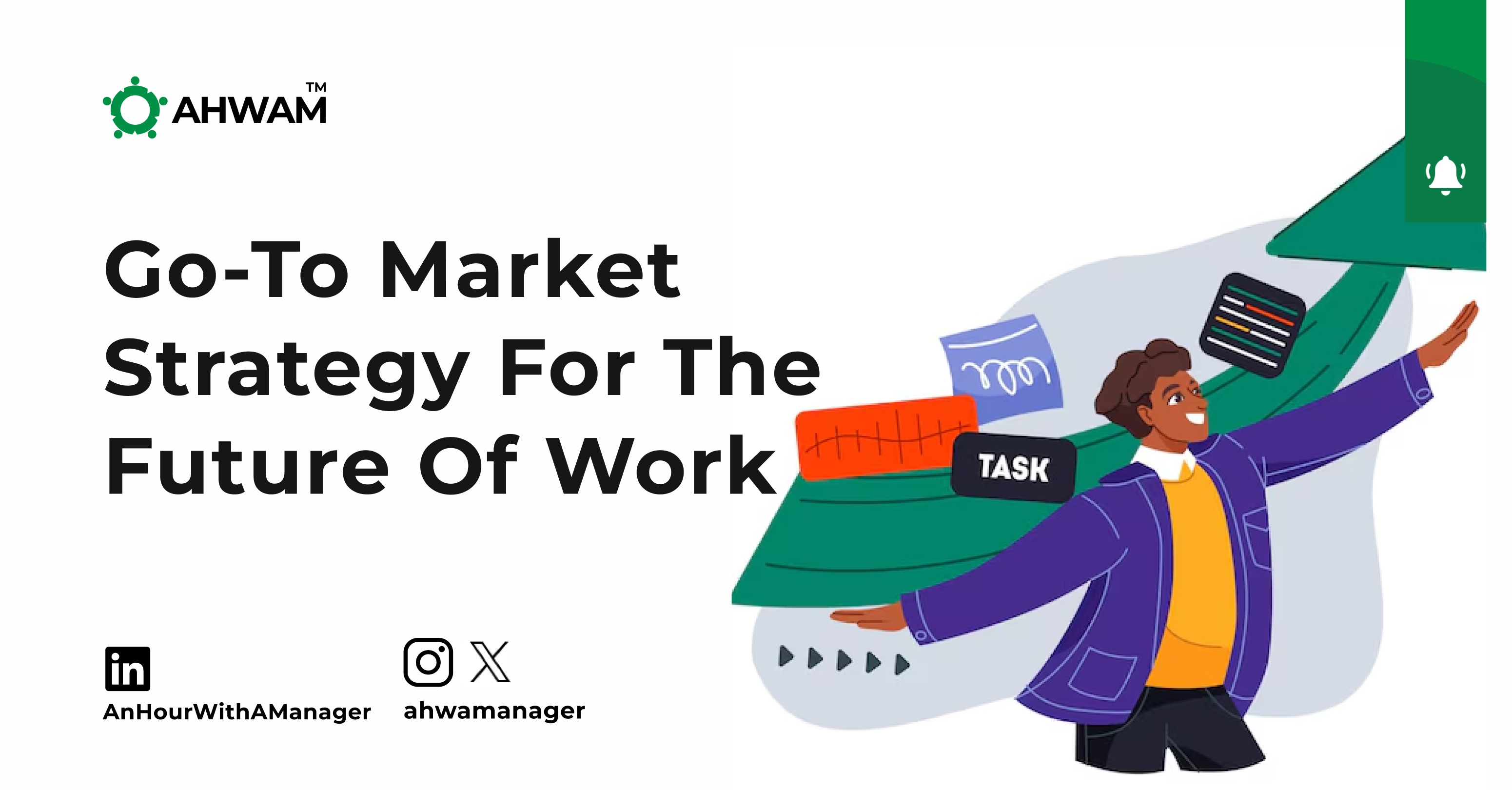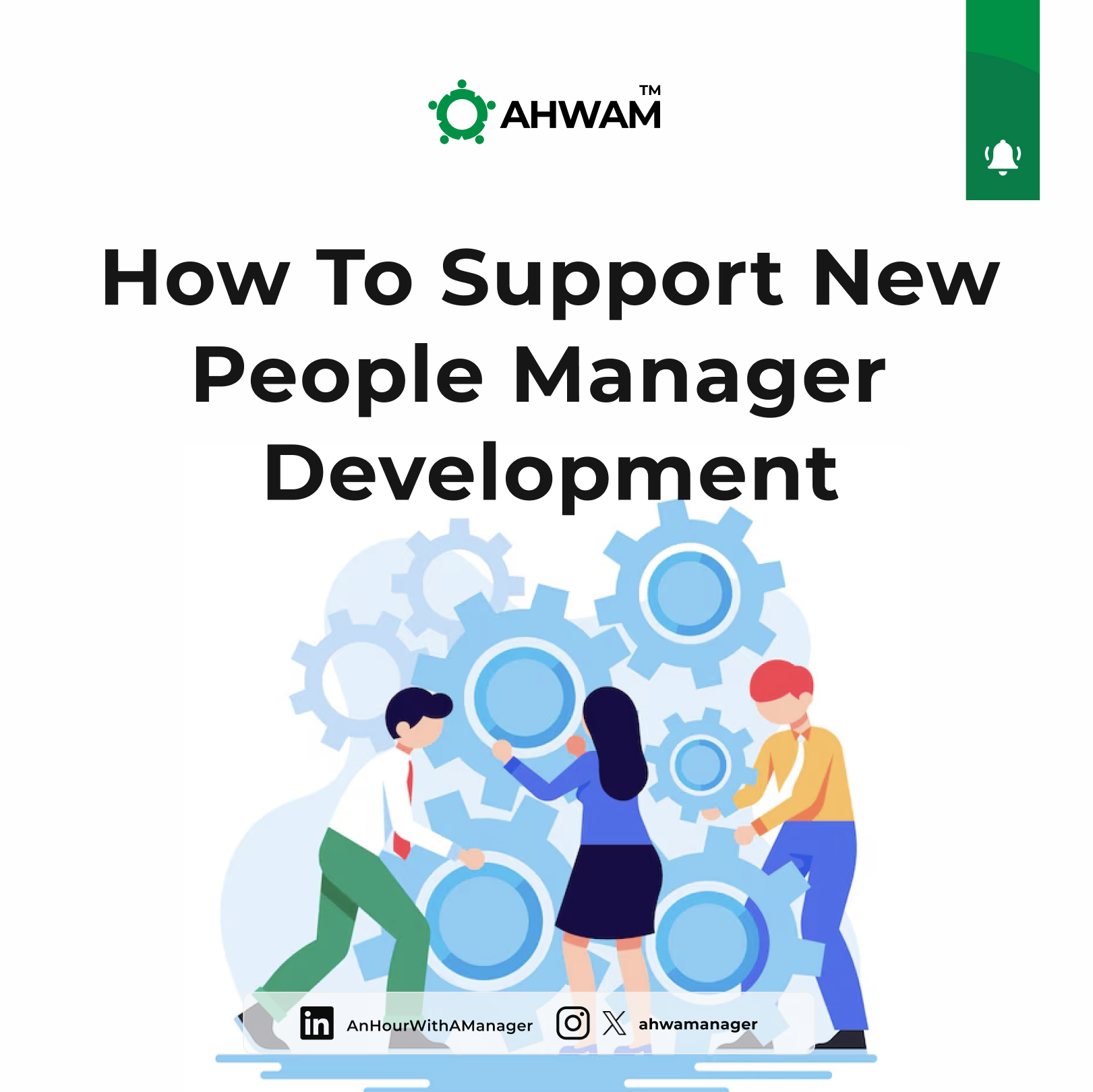A lot of brands are emerging today compared to the past when businesses were monopolized. These new brands not only appear but also strive to stay sustainable and secure a significant market share by meeting customer needs effectively. However, their challenges on the road to success are often not discussed openly to avoid appearing weak. Market congestion makes it hard for new brands to stand out. The pressure to innovate requires substantial resources, sometimes almost leading to bankruptcy in the early stages, and involves risks. Modern customers expect high quality, fast service, and personalized experiences, raising the bar for all brands. This also affects the sophistication of regulations across different regions, adding to the difficulty of expanding. Balancing investments in new opportunities while maintaining current operations can strain resources. Keeping up with rapid technological changes demands continuous learning, which can be costly across the organization. Attracting and retaining skilled talent is important yet increasingly competitive, and finding jobs remains challenging even for those with top skills. Internal resistance to change not often not discussed, can slow down new strategies, and economic uncertainties and global crises, as seen with COVID-19, can disrupt business plans. Today’s business landscape requires balancing profitability with sustainable and ethical practices as consumers become more conscious of environmental issues. To address these challenges, brands need a strategic approach.
To proceed with the steps below, you must first have a team meeting to help them understand the purpose of the review and its impact on the brand's presence. Afterward, you can proceed with the following steps:
1. Review Your Industry
Ask critical questions to assess your industry position:
- Are we in the right space for our industry focus?
- Are we staying flexible and competitive?
- If yes, what’s the next step?
- If not, what adjustments are necessary?
Evaluate your innovation:
- How do our competitors perceive our ideas?
- Are we differentiating ourselves effectively?
Example: Every year, Apple continually reviews its market position and innovates its product lines with new updates to stay ahead of competitors, ensuring it remains a global leader in technology and consumer electronics.
2. Conduct a Process Review
Undertake a 5-10-day comprehensive review of all your processes to ensure your brand is heading in the right direction. Communicate openly with your team, encouraging them to identify any aspect of the 
Example: Amazon, a leader in the e-commerce space, regularly reviews its processes and encourages team input to streamline operations, which has been a key factor in its success.
3. Post-Review Analysis
After your review, document all identified opportunities. Prioritize these opportunities and constantly evaluate possible challenges, risks, costs, and the opportunities each one presents.
Example: Google uses post-review analysis to prioritize new projects, ensuring that resources are allocated to the top-performing innovative ideas, which helps to create room for early planning.
4. Implementation
Adopt a lean management approach during implementation. Regularly review strategies and adjust where necessary to ensure the project stays on track. Engage your team in continuous feedback loops to fine-tune processes. A lean management approach will save you time and reduce waste and excesses.
Example: Toyota’s lean management approach has been instrumental in maintaining high efficiency and adjusting to market changes. The Toyota model has paved the way for faster product delivery to the market.
5. Outsourcing
Carefully identify tasks or resources that can be outsourced to other organizations or individuals who can significantly contribute to your brand’s success. Seek partnerships with both small and large businesses to leverage their strengths. This will give your brand time to focus on what matters the most for your business.
Example: Nike outsources its manufacturing to specialized companies, allowing it to focus on design, marketing, and innovation. This strategy has enabled Nike to maintain high-quality products while managing costs effectively.
Why is it important?
While older systems and strategies are still effective, the business ecosystem post-COVID-19 has given room to newer approaches and strategies for systems and processes to be carefully followed for business optimization. The step above, when followed accordingly can guide organizations to success, help reduce costs and expenses, and build a sustainable business for long-term growth. As seen in the examples of notable brands like Apple, Amazon, Google, Toyota, and Nike, these practices yield long-term rewards and benefits. By putting these simple steps into practice your brand can achieve significant milestones and unlock new opportunities.
Summary
Businesses today are finding it difficult to navigate challenges to secure sustainability and market share. Key issues include market congestion, innovation cost, complex regulations, and the need for continuous technological adaptation and talent retention. This article outlines essential steps to measure brand success and unlock new opportunities: Review Your Industry: Regularly assess your industry position and innovation strategies, as exemplified by Apple’s continual product updates. Conduct a Process Review: Perform comprehensive reviews of your processes, involving team input to streamline operations, similar to Amazon’s approach. Post-Review Analysis: Document and prioritize opportunities while evaluating potential challenges and risks, following Google’s model. Implementation: Adopt lean management practices to save time and reduce waste, like Toyota. Outsourcing: Identify tasks to outsource, enabling focus on core strengths, as Nike does with its manufacturing. Implementing these steps can help brands achieve significant milestones, reduce costs, and foster sustainable long-term growth. Notable brands like Apple, Amazon, Google, Toyota, and Nike illustrate the benefits of these strategies.











